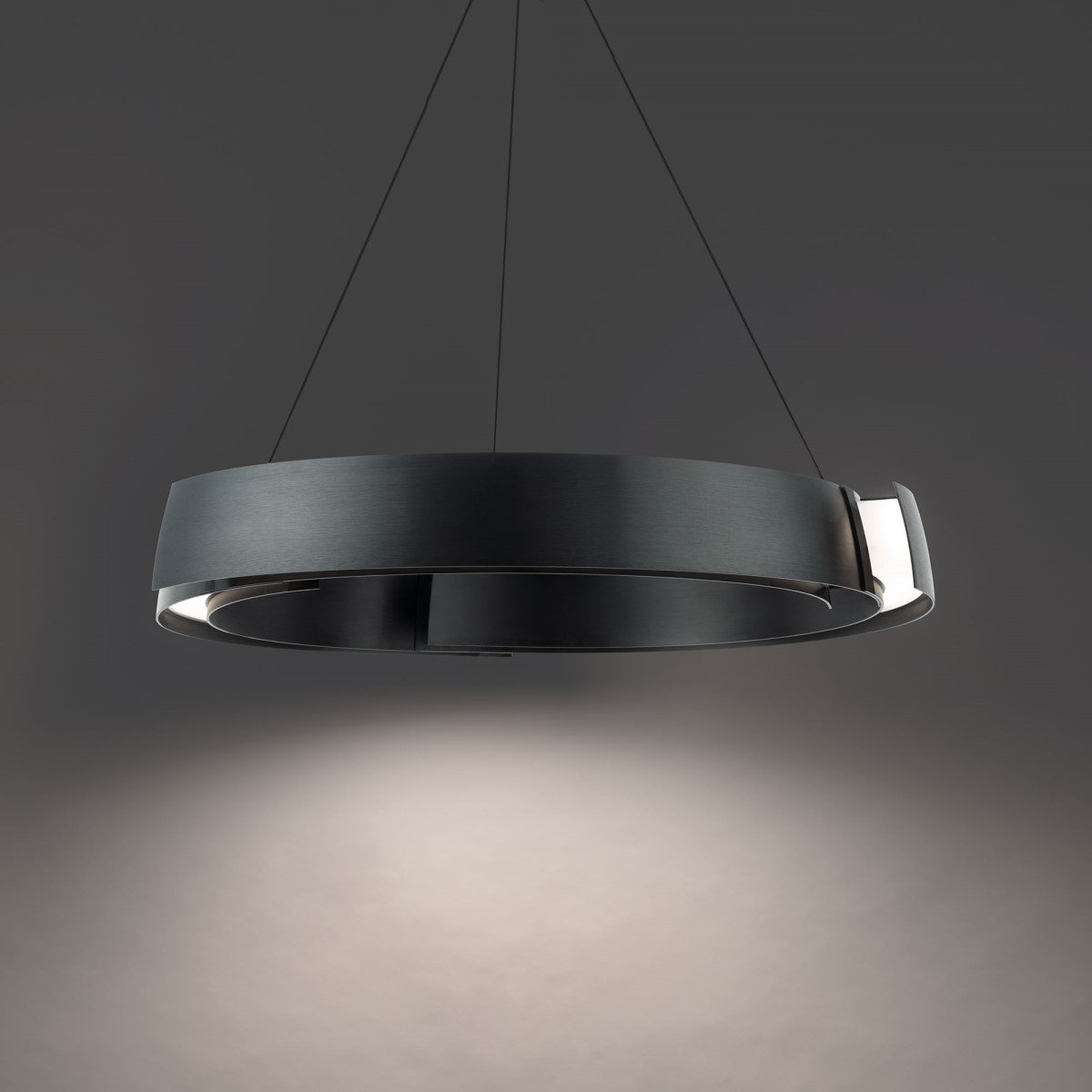LED Light is Bad
That is the headline of a new article in NY Magazine.
This article is an absolute must-read for anyone in the lighting industry; author Tom Scocca does a superb job getting us inside the mindset of a regular, intelligent, everyday non-lighting person trying to navigate the baffling and usually disappointing world of consumer LEDs.
Several lighting industry veterans have already decried this article as full of half-truths and not telling the whole story. However, this is a highly defensive reading of a well-written and genuine account of what it is to buy LEDs when you haven't been studying them your whole life. Just as important, this is how our clients see the convoluted chaos created at home improvement stores.
... joining the LED revolution with fervor. Screwing one into a socket vacated by an incandescent felt like the easiest good-citizen points I'd ever earned... And the light coming out of the things was — well, it was light, right? I don't remember how long it took to notice...a series of letdowns: a faded look to the page of a storybook, a flicker in the corner of the eye, those sudden unexplained failures or half-failures. A slate-blue sock that was indistinguishable from a charcoal-gray one till I brought them over by the window. A certain unreality was creeping in.
We can wave away the poor performance of LED bulbs as the bottom of the market. But I argue that even the bottom of the car market meets specific minimum performance standards for that vehicle to be road-worthy. We have yet to come up with equivalent standards for consumer lighting, and as an industry, we are paying the price. We ask too much of the customer and give too little in return.
Take this passage:
If you want the objects that the light shines on to look the same, you're getting into a different color question, specifically the color-rendering index. Your incandescent bulb — a glowing analog object, its light coming from a heated wire — had a CRI of 100 for a full unbroken spectrum. Your typical LED bulb, shining with cold digital electroluminescence, will not. Some colors will be missing or just different. If you're lucky, the LED will have a CRI of 90 or higher. The box may not list any CRI at all.
Oh, but: Experts agree that the color-rendering index doesn't really index how colors are rendered. Some bulbs with a 90 CRI make things look wan; some with an 80 are passable. There are better, more useful metrics, but you can't have them. Nobody puts them on the packaging.
This is a stunningly accurate picture of what we do in the lighting market. Imagine trying to select a car and the dealer asking you what gear ratio you think the transmission should have for the type of driving you enjoy. That is the level of color science we expect the average consumer to engage in.
Despite the provocative title, the article isn't anti-LED. On the contrary, the author takes pains to explain how the LED revolution is incredibly positive for the planet and many specific applications.
The article crystalizes how broken the consumer LED market really is and how we have over-promised and underdelivered.
It is fair to say that most of this article is focused on the LED bulb, which for a number of reasons, is one of the most challenging form factors to get excellent LED performance from. But it is the bulb and socket where most people engage with light. The skepticism sewn into people's everyday experiences filters upward into their attitudes toward LED for the larger projects they are involved in. If all LED sucks, why not use the VE option on your next project, right? Might as well save some money.
We are kidding ourselves if we don't think this kind of attitude isn't pervasive and that, to some degree, we haven't earned it. Most people I work with handle spec-grade lighting chosen to perform at a higher standard than what's sitting in the big box store. But to a non-lighting person, it's all just LED, and it all sucks.
We in the lighting industry know that all LED doesn't suck. It is the primary light source we work with every day. Designers create absolutely stunning projects with 100% LED sources. But until we make the experience great for everyone that touches a light bulb, we will always be met with deep (and deserved) skepticism.








